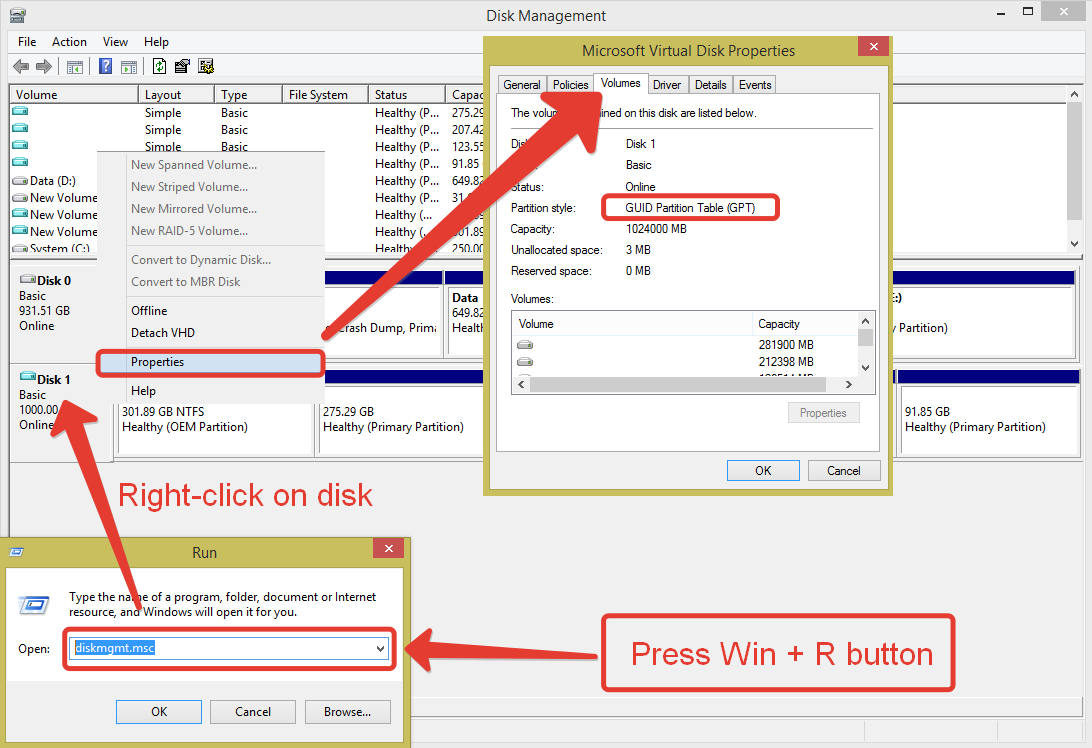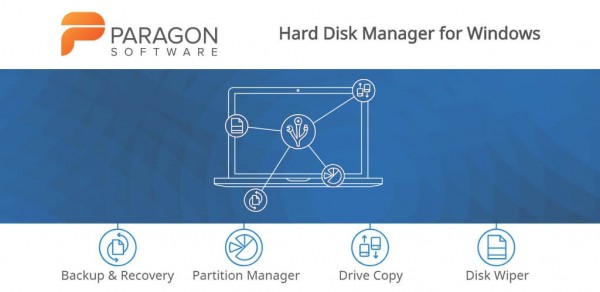
- #REVERSING MIGRATING OS ON PARAGON PARTITION MANAGER HOW TO#
- #REVERSING MIGRATING OS ON PARAGON PARTITION MANAGER DRIVERS#
- #REVERSING MIGRATING OS ON PARAGON PARTITION MANAGER UPGRADE#
- #REVERSING MIGRATING OS ON PARAGON PARTITION MANAGER SOFTWARE#
- #REVERSING MIGRATING OS ON PARAGON PARTITION MANAGER WINDOWS 7#
#REVERSING MIGRATING OS ON PARAGON PARTITION MANAGER HOW TO#
I’ll discuss how to troubleshoot this later in the ‘ BOOTMGR Is Missing’ section, but it’s worth noting that you can create a rescue boot disk to fix the bootloader outside of Windows. Note, however, that a straight cloning of your existing drive is unlikely to go smoothly: although there’d be a bit-for-bit transfer of the actual data to the new drive, a difference in the drive layout may still stop the BOOTMGR (boot manager) from running when you turn the computer back on. There are commercial disk cloning tools such as Acronis True Image and Paragon Drive Copy, as well as some free options including Clonezilla. If that’s the case, I’d suggest moving your OS to the new drive on your old machine first, and then migrating that physical drive to the new machine. Of course, there are also times when you’ll want to move to a new drive at the same time - perhaps, for example, your old system is based around a hard-disk drive (HDD), or perhaps a RAID setup (see ' It's A RAID!' box), and you want your new machine’s OS installed on a faster solid-state drive (SSD).

Migration PrepĪcronis True Image is one of a number of tools you can use to clone an existing hard drive.When I use the term ‘migration’, I’m generally thinking of transferring the physical hard drive(s) from one machine to another. With all this in mind, let’s consider some challenges you might meet when trying to migrate your existing system to a new machine, as well as some strategies for minimising potential problems. You can mitigate this to some extent by copying items such as DAW preference files, but if spare time is hard to come by, or your audio projects involve tight deadlines, you might do better attempting a ‘system migration’.
#REVERSING MIGRATING OS ON PARAGON PARTITION MANAGER SOFTWARE#
A new computer might come with the OS pre-installed and it’s easy to move data drives, But installing and configuring the DAW itself, your plug-ins, your hardware drivers, and any other software you require on the machine can be very time-consuming. Of course, there are down sides, too, foremost of which is the time it takes. Any of this could prevent your new system performing to its potential, and by starting anew you avoid these problems entirely.
#REVERSING MIGRATING OS ON PARAGON PARTITION MANAGER DRIVERS#
Also, your old machine may have older drivers with auto-load services, or self-starting software that’s no longer needed. There’ll be changes to the BIOS and how the OS needs to operate with it, and any settings and tweaks you or the manufacturer/vendor applied to your previous system might not be appropriate for your new one.

For starters, your new machine will employ different hardware from your old one. In short, it’s no longer essential that you start from scratch on a new machine.īut there are still strong arguments for a fresh installation. In many instances, if a problem is identified Windows will still load and you can search for a solution.
#REVERSING MIGRATING OS ON PARAGON PARTITION MANAGER WINDOWS 7#
Windows 7 and onwards are less reliant on the registry information during startup, and can access their large pool of default drivers if an unexpected hardware change is discovered during the boot process.

Thankfully, system-drive migration is now usually a much simpler and safer process for everyone.

As these versions of Windows relied on the registry information being correct during startup, extreme shifts in hardware could even halt the Windows startup process completely - you’d never even reach the desktop! With these older operating systems, the transfer from one machine to another of a system drive could be riddled with pitfalls, even for experienced users. Most retailers advise opting for a completely fresh installation, partly due to the very real obstacles to system migration that existed back in the days of Windows XP (and earlier). As well as figuring out the spec of the new machine, you’ll probably ask yourself whether it’s better to start with a blank page - a new machine, with a clean OS installation, and freshly installed audio software - or to attempt migration of your existing OS, software and hardware to the new machine.
#REVERSING MIGRATING OS ON PARAGON PARTITION MANAGER UPGRADE#
The time inevitably arrives for each of us when we need to upgrade our music-making PC. Is it possible to transfer everything from your existing Windows music computer to a new machine, or should you start afresh?


 0 kommentar(er)
0 kommentar(er)
